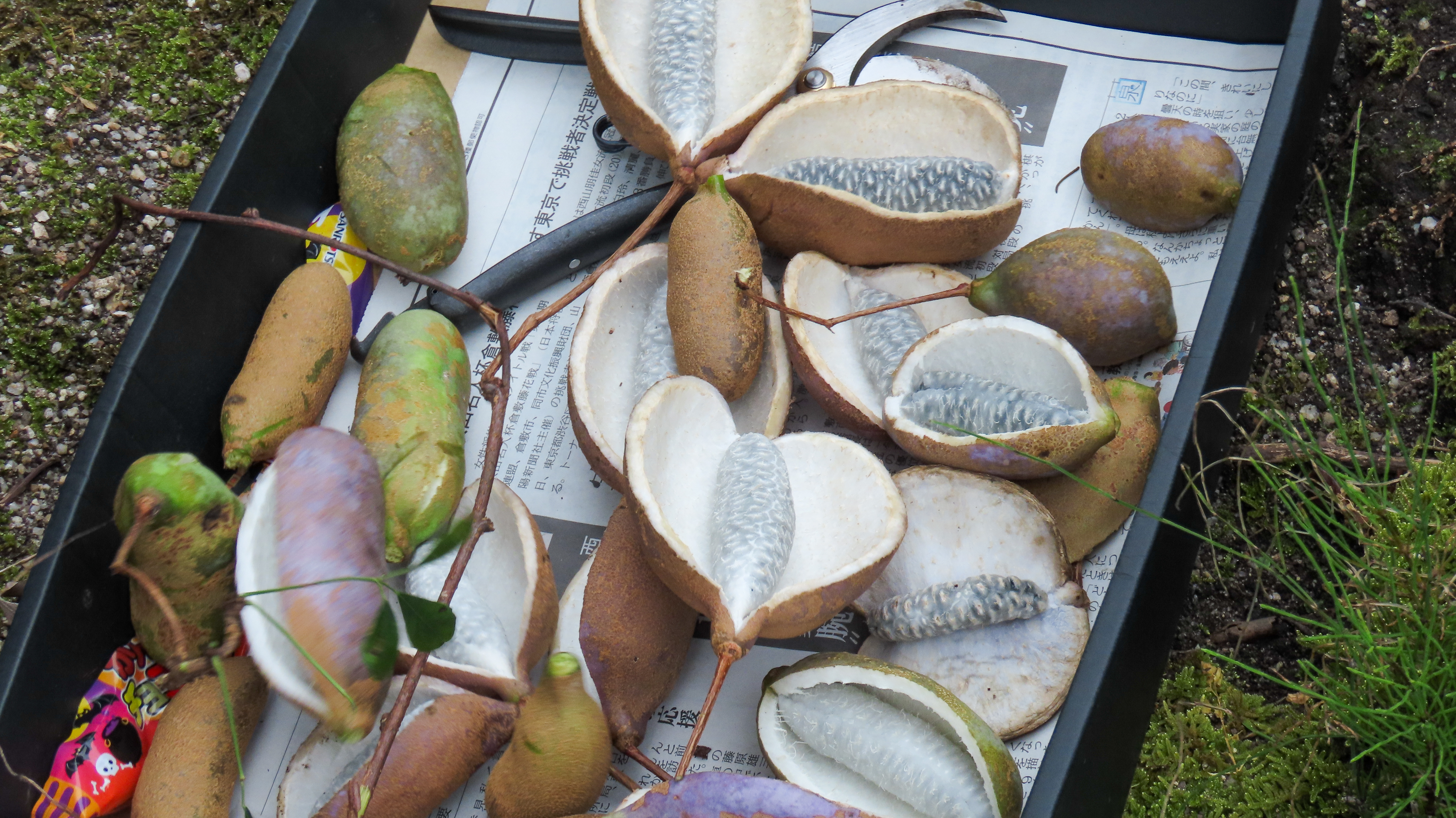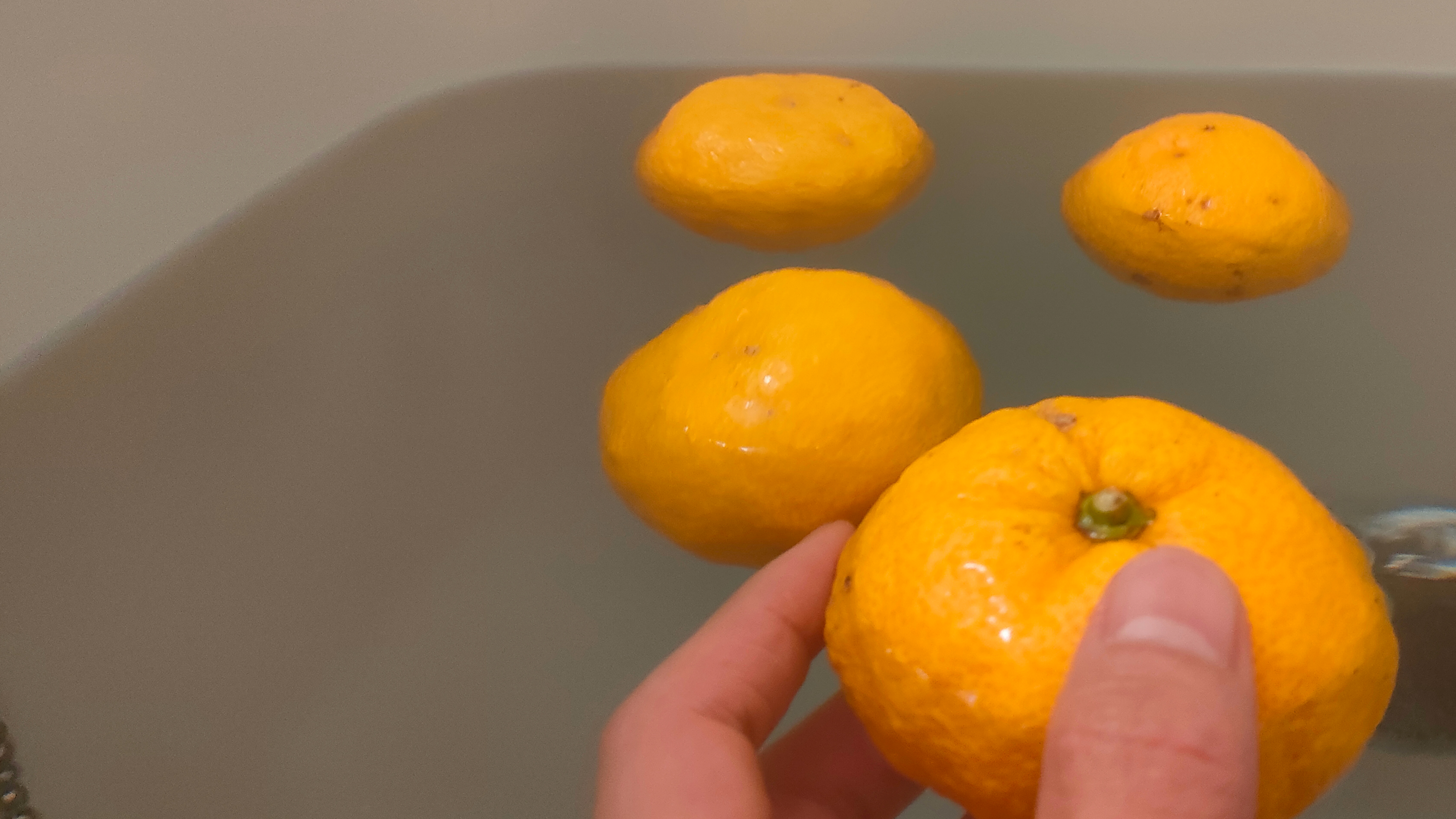Mochi pounding event after 40 years
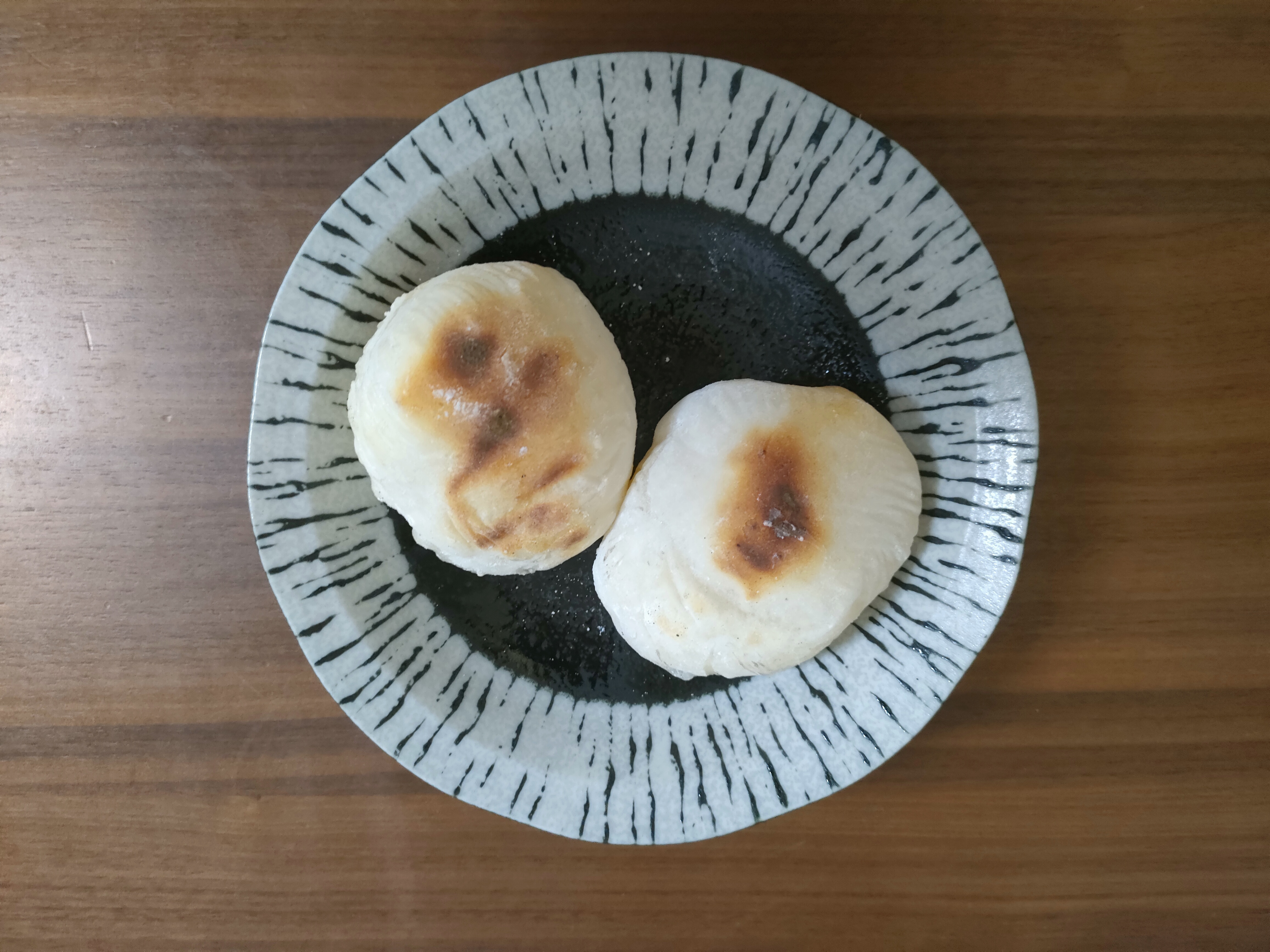
Mochi (餅) is a traditional Japanese food made from glutinous rice, stickier than regular rice. Its history spans over 2,000 years. Initially crafted as celebratory dishes for aristocrats during the Heian period (平安時代) , it later gained popularity among samurai and commoners during the Muromachi (室町時代) and Edo periods (江戸時代) . Even now, it remains a staple across Japan for New Year’s, celebrations, and seasonal occasions. Mochi comes in various shapes: round in western Japan, square in eastern Japan, diamond-shaped for Hinamatsuri (ひな祭り) , and wrapped in leaves. There are numerous types, depending on the region and purpose.
In this article, I would like to share my experience of mochi pounding event (mochi tsuki taikai : 餅つき大会) , which I participated in for the first time in about 40 years, along with the tools needed for mochi pounding and how to make mochi.
How to make traditional mochi
In the past, mochi pounding event was a communal event within families and villages. Sticky rice was steamed, hand-pounded using a mortar and pestle, and divided into small pieces with the participation of family and locals, all while enjoying the process.
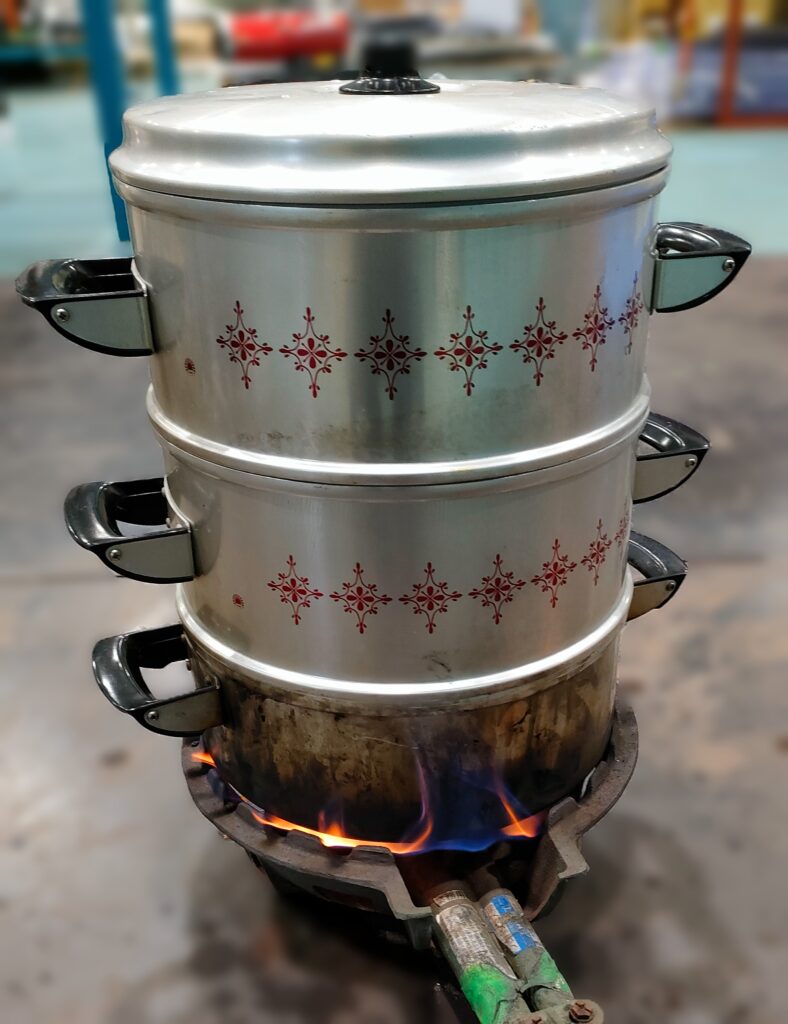
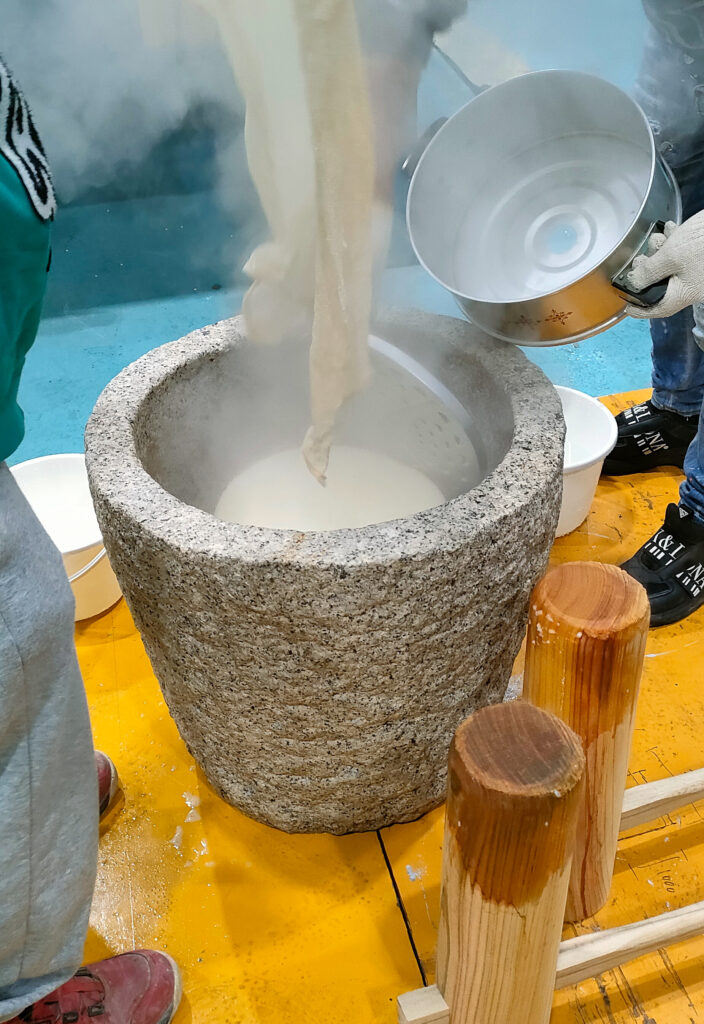
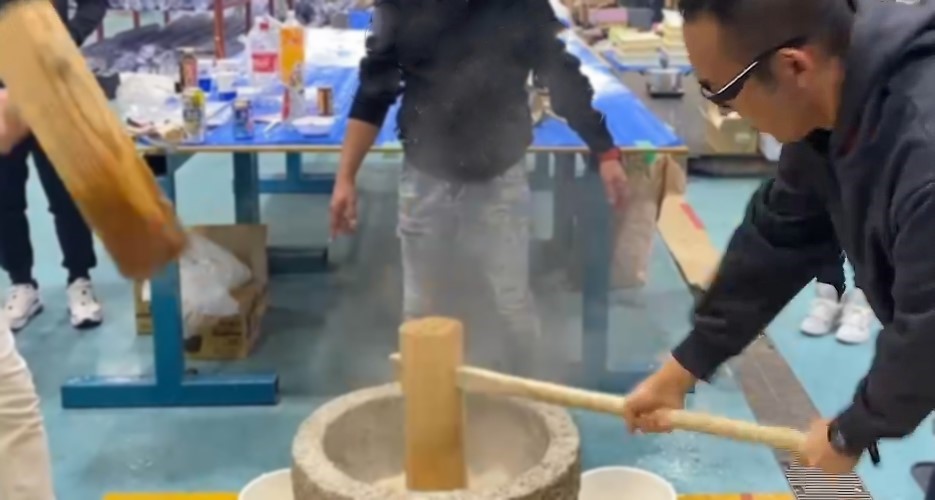
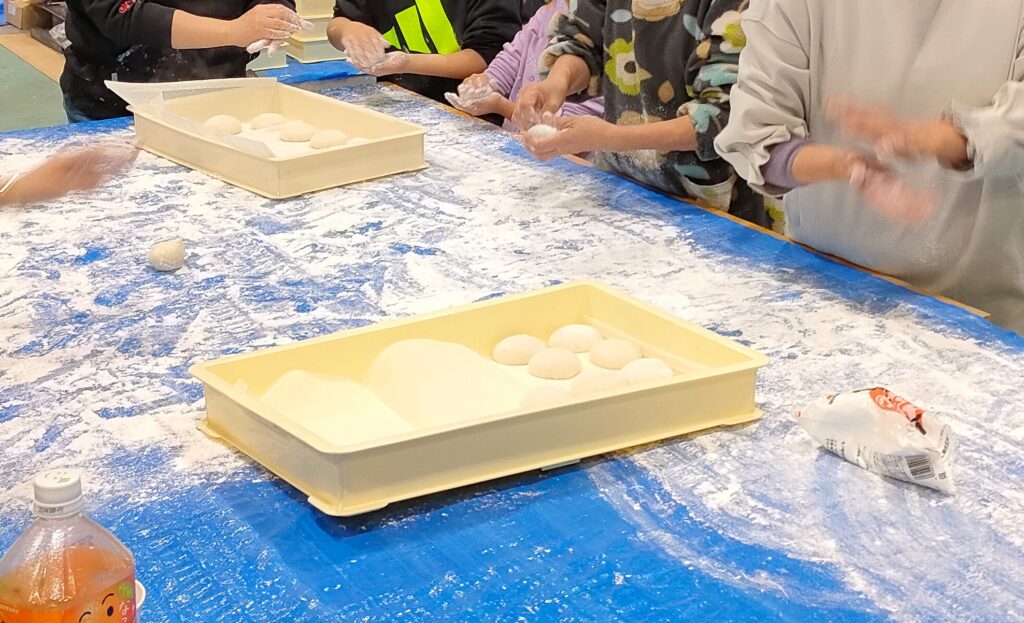
However, in modern times, the labor-intensive nature of making mochi has led many to opt for readily available commercially made mochi. As a result, traditional mochi pounding events are rare, though occasionally observed during special occasions like New Year’s in local communities and schools.
Mochi pounding tools
Now, I’d like to provide a brief introduction to the tools used for mochi pounding, accompanied by some pictures.
A mortar and pestle are essential tools for traditional mochi pounding. Even though it’s called a mortar and pestle, it’s quite huge. In Japanese, they are called usu (臼) and kine (杵) respectively.
A mortar
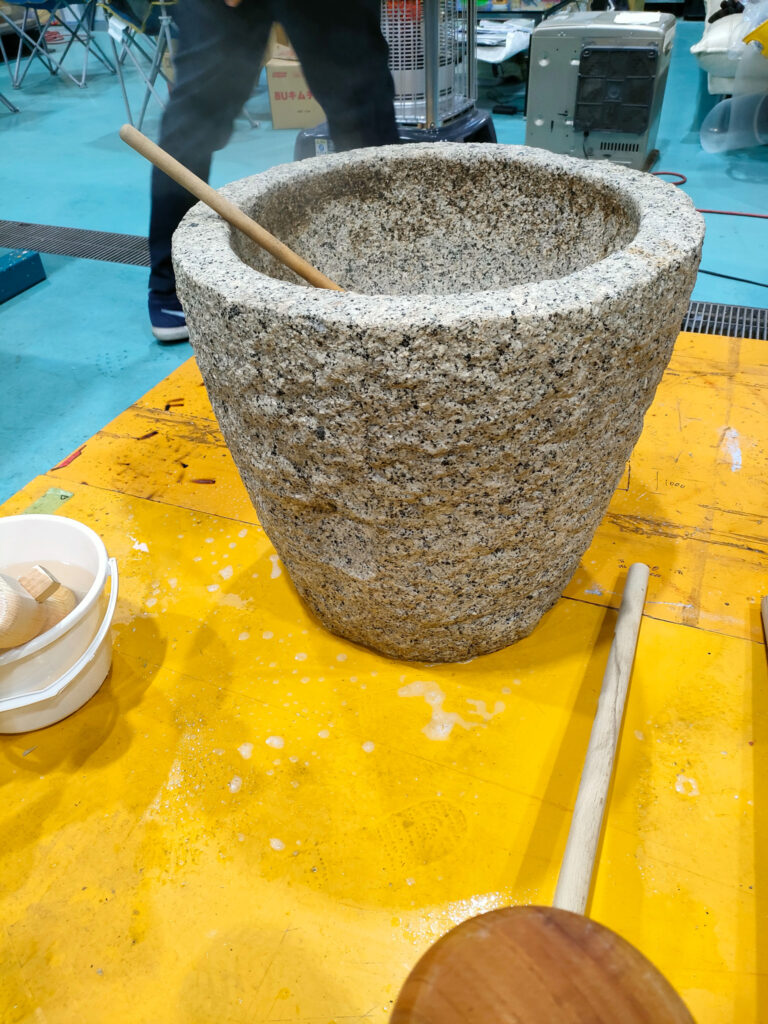
This time, We used a stone mortar for pounding mochi, as shown in the photo, but a wooden mortar can also be used. There isn’t a set rule for which is more common, but stone mortars are easier to store since they don’t get moldy or crack. However, they’re extremely heavy.
A pastle
I believe the pestle in the photo weighs about 5 kg. It looks more like a hammer than a pestle. Of course, there are smaller pestles available for children to enjoy as well.
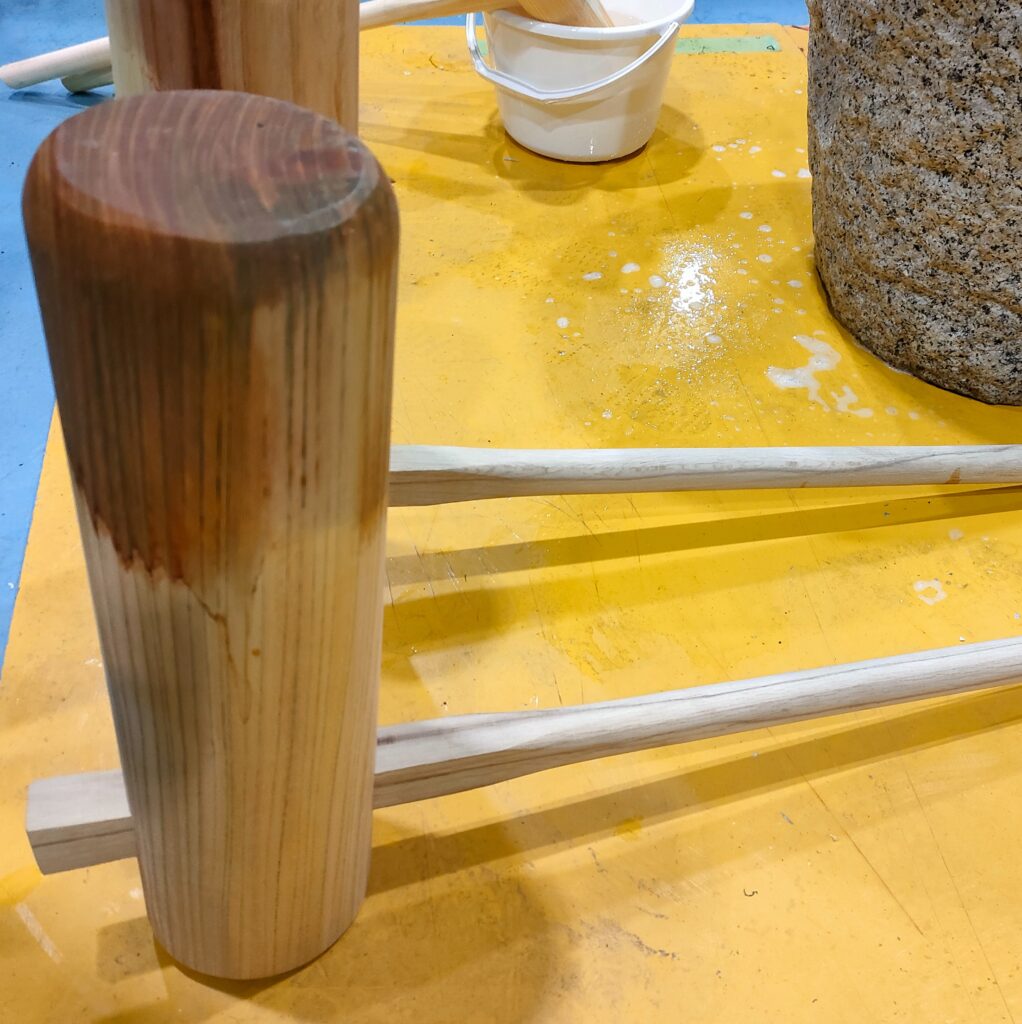
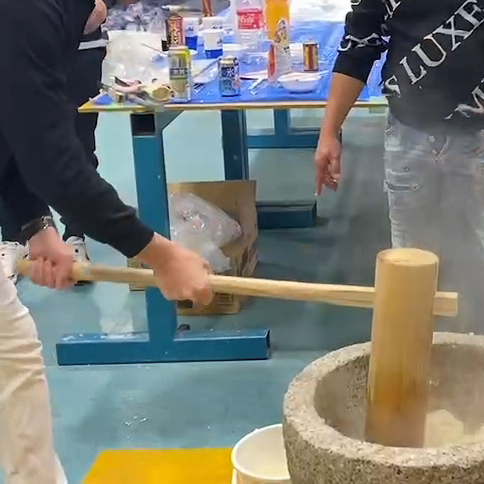
My experience
Despite being 51 years old, I’ve only participated in mochi pounding a few times during my childhood. Nowadays, hardly any households in Japan engage in this practice. Recently, after nearly 40 years, I had the chance to make mochi using a mortar and pestle. This experience made me aware of my lack of physical strength and evoked nostalgic memories of traditional Japan. As the mochi pounding proceeded, the laughter and camaraderie among the participants became evident. It reaffirmed to me the unifying power of mochi pounding, surpassing mere food preparation.
While delving into mochi‘s history, preparation, and cultural significance, I shared my first mochi pounding experience in 40 years. This encounter, bridging tradition and modernity, celebrating handmade warmth, and fostering connections, was a poignant reminder of the allure of mochi pounding. If you get the chance, I encourage you to participate in this experience.


